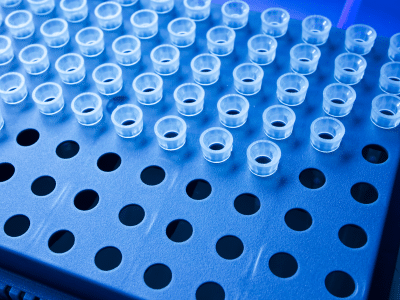Very much in use in all labs until early 80’s, laboratory glassware stepped back from benches when facing PE or PP single-use vials.
Indeed glass use safety and easy to clean weaknesses have been very much arguing in favor of single use. As breakage was too frequent and the cleaning procedure with the use of an automatic machine too cumbersome, glass bottles were abandoned.
However, apart from medical analysis, the glass benefits are obvious.
In recent years, new innovations in glass bottles have emerged that are extremely interesting.
Laviedulabo.fr supports you in the choice of the different types of glasses based on their specificities.
The different types of glass for bottles
There are two categories of glassware which differ essentially on two points: the boron oxide content and the silica content. It is these very specific compositions that allow the quality of the glass to be qualified.
Soda-lime glassware:
1% boron oxide
69% silicon
Borosilicate 3.3 glassware, aka Boro 3.3:
13% boron oxide
81% silicon
Other important parameters are the process and the standards of glass manufacture in the factory which will improve the quality of Boro3.3 glass.
Why choose Boro 3.3 glass bottles?
Outstanding elasticity
This type of glass has exceptional elasticity for laboratory use. For example, if a 1 metre long Boro 3.3 glass is placed in a room at room temperature (20°C) and then heated to 323°C, its length will increase by only 1 mm.
This is due to the excellent wall thickness regularity. This glass is suitable for temperatures from -70 to 500°C. It is therefore required for the analysis processing of samples that need to be heated up or down.
Compliance with analyses
The chemical resistance of Boro 3.3 is a key factor in chemical analysis. The glass does not distort and does not release any elements that could pollute the sample.
What are the latest innovations in glass bottles?
As we have just seen, the Boro 3.3 is ideal. However, depending on certain restrictions, the choice of container will differ.
Indeed, manufacturers of glass bottles have been able to meet certain needs:
– a protection against UV and scratches with a coating
– a Retrace Code allowing to obtain a batch certificate on the internet.
– a print of the Retrace Code after colouring for a complete traceability of the bottle from production to colouring (intended for the pharmaceutical industry)
Glass vials still have a few years left in them. Recent innovations make it possible to include them again in the analysis process.
That is why LABELIANS is there to help you choose your laboratory equipment on a daily basis by offering you innovative glass vials.




